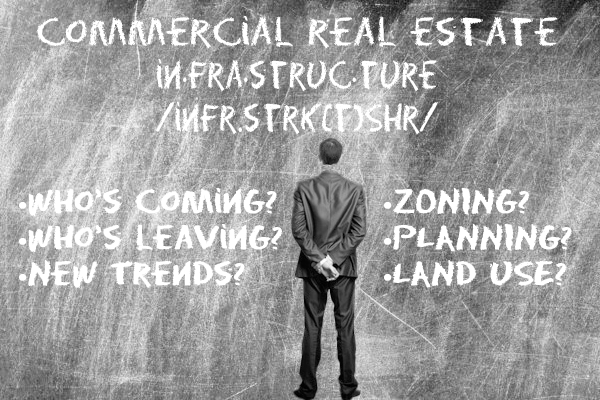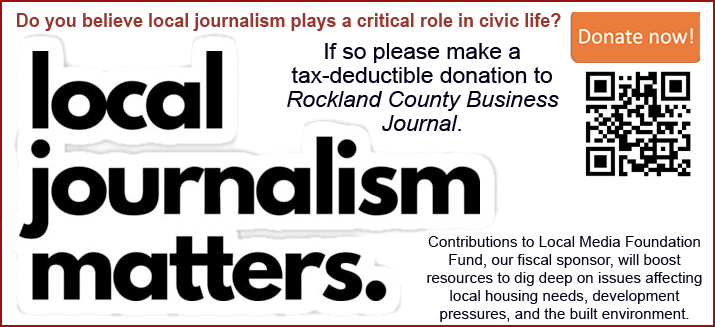|
RCBJ-Audible (Listen For Free)
|
Decades Old Infrastructure Outdated For Modern Usage & Climate Change; Public Officials & Utility Companies Must Step Up
By Paul Adler
The suburban idyll promised to the residents of Rockland and the lower Hudson Valley in New York is under threat. These areas, known for their scenic beauty, proximity to New York City, and vibrant communities, are facing a creeping crisis that jeopardizes the quality of life: a crumbling infrastructure barely whispered about until it screams for attention through a disaster. Aging sewer systems, inadequate roads, poor drainage, and overwhelmed waste management systems are the reality hidden beneath the veneer of suburban tranquility. Compounded by unresponsive private utility companies and shrinking volunteer emergency services, the dream of suburban living is slowly turning into a cautionary tale of neglect and shortsightedness.
 Rockland and the lower Hudson Valley, like many suburban areas, have experienced significant growth. Yet, the infrastructure has not kept pace, leading to critical issues. The sewer systems, many of which were laid in the post-war boom, are outdated and overtaxed, resulting in frequent overflows and environmental contamination. This is not merely an inconvenience but a public health hazard, threatening our waterways and ecosystems.
Rockland and the lower Hudson Valley, like many suburban areas, have experienced significant growth. Yet, the infrastructure has not kept pace, leading to critical issues. The sewer systems, many of which were laid in the post-war boom, are outdated and overtaxed, resulting in frequent overflows and environmental contamination. This is not merely an inconvenience but a public health hazard, threatening our waterways and ecosystems.
Drainage systems, designed decades ago for a different climate and population density, fail regularly, which leads to flooding that damages homes, businesses, and public property. These issues are exacerbated by climate change, with more frequent and severe weather events overloading systems never designed to handle current volumes of runoff.
The roads in these counties, veins that should support the flow of suburban life, are often clogged and crumbling. Potholes, congestion, and inefficient layouts frustrate daily commutes and stifle economic activity. The situation is made worse by a patchwork of jurisdictional responsibilities and funding mechanisms that delay essential maintenance and upgrades.
Waste management, too, has become a critical issue. The existing garbage, landfill, and recycling services are struggling to keep up with the demands of the growing population. Overburdened facilities and underfunded programs lead to pollution, unsanitary conditions, and a failure to meet recycling goals, betraying the community’s environmental values.
Amidst these material concerns, a human infrastructure issue emerges: the decline of volunteer emergency services. Fire, ambulance, and EMS squads have historically relied on the dedication of volunteers, a model that is increasingly unsustainable. As training requirements become more stringent and lifestyles busier, fewer residents commit to these essential roles, leaving a gap in the most critical of community services.
Behind these challenges lies a common theme: a failure of foresight and investment. Private utility companies, focused on profit margins rather than service quality or expansion, have failed to keep pace with the needs of a growing suburban population. Meanwhile, public investment in infrastructure has lagged, hindered by budgetary constraints and competing priorities.
Addressing these woes requires a comprehensive, multi-faceted approach. Public and private sectors must collaborate to fund and implement infrastructure upgrades, from sewers to roads to stormwater management systems. This includes embracing innovative solutions and technologies that can improve efficiency and resilience. Additionally, communities must rethink emergency services, perhaps by providing incentives for volunteers or exploring professionalization where necessary.
The future of Rockland and the lower Hudson Valley, and indeed all suburban areas facing similar challenges, depends on taking decisive action now. We cannot afford to ignore the underpinnings of our communities. Without a robust and forward-thinking approach to our infrastructure, the suburban dream that attracted so many to the Hudson Valley may well become unsustainable.
It is time for residents, officials, and utility providers to come together and address these issues head-on, ensuring these counties remain vibrant and livable for generations to come.
Paul Adler is Chief Strategy Officer of Rand Commercial. paul.adler@randcommercial.com
















